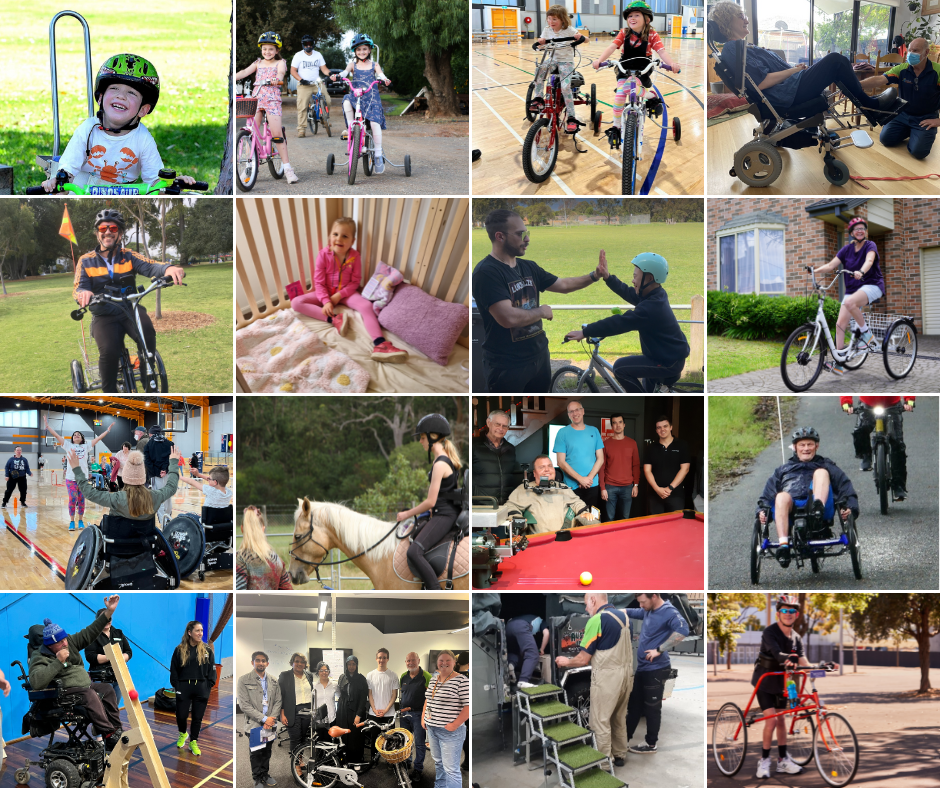Bridging the Gap: How Accessibility Enhances Social Participation for Australians living with Disability.
In an equitable society, everyone should enjoy the opportunity to fully participate in social, economic, and cultural life. However, for people living with disabilities, barriers to accessibility often hinder these opportunities. By fostering accessibility, we bridge the gap, fostering social inclusion and enhancing the quality of life for individuals with disabilities.
Accessibility extends beyond mere physical barriers. It’s a holistic concept, encompassing not just architectural design or transportation, but also digital accessibility, inclusive communication methods, and equal access to services and opportunities.

One in five Australians lives with a disability, and yet, our societal structures often don’t reflect this reality. The impact of such exclusion is profound, leading to isolation, decreased self-esteem, and limited opportunities for personal growth and achievement. However, when we implement accessible design and practices, we witness transformational changes in the lives of individuals with disabilities.
Accessible environments facilitate social participation. By ensuring that buildings, parks, and public transport are accessible, we allow people with disabilities to navigate their communities independently. This autonomy promotes social interactions, enabling individuals to engage in communal activities, broadening their social networks, and fostering a sense of belonging.
Digital accessibility is another critical aspect, particularly in our increasingly online world. Websites, apps, and digital services must be designed and developed to be usable by all, regardless of any physical, sensory, or cognitive limitations. This way, everyone can access information, services, and social networking platforms, breaking down barriers to social participation.
Furthermore, accessibility in education and employment opens doors to new opportunities. By providing inclusive learning environments, assistive technologies, and flexible working conditions, we allow individuals with disabilities to acquire new skills, contribute their talents, and gain independence. This not only enriches their lives but also diversifies and strengthens our community fabric.
However, it’s crucial to remember that accessibility isn’t a one-size-fits-all concept. What works for one person may not work for another. Therefore, people with disabilities should be included in the planning and decision-making processes regarding accessibility. Their lived experiences and insights are invaluable in creating genuinely inclusive environments.
Accessibility is more than a legal requirement or a good-to-have feature. It’s about respecting and recognising the rights of all individuals to participate in society fully. By bridging the accessibility gap, we move closer to a truly inclusive society where everyone, regardless of their abilities, can flourish.
Is there a product you need that’s not available on the market? Then maybe our highly skilled volunteers can help!
Fill out the enquiry form here to begin your journey to a more independent life!
Read more stories
Find out more unique solutions that we’ve created in past years here
Want to Volunteer?
Solve-TAD has over 250 volunteers across NSW and VIC, changing the lives of individuals living with disability every day. Learn more about becoming a Volunteer with Solve-TAD here.
